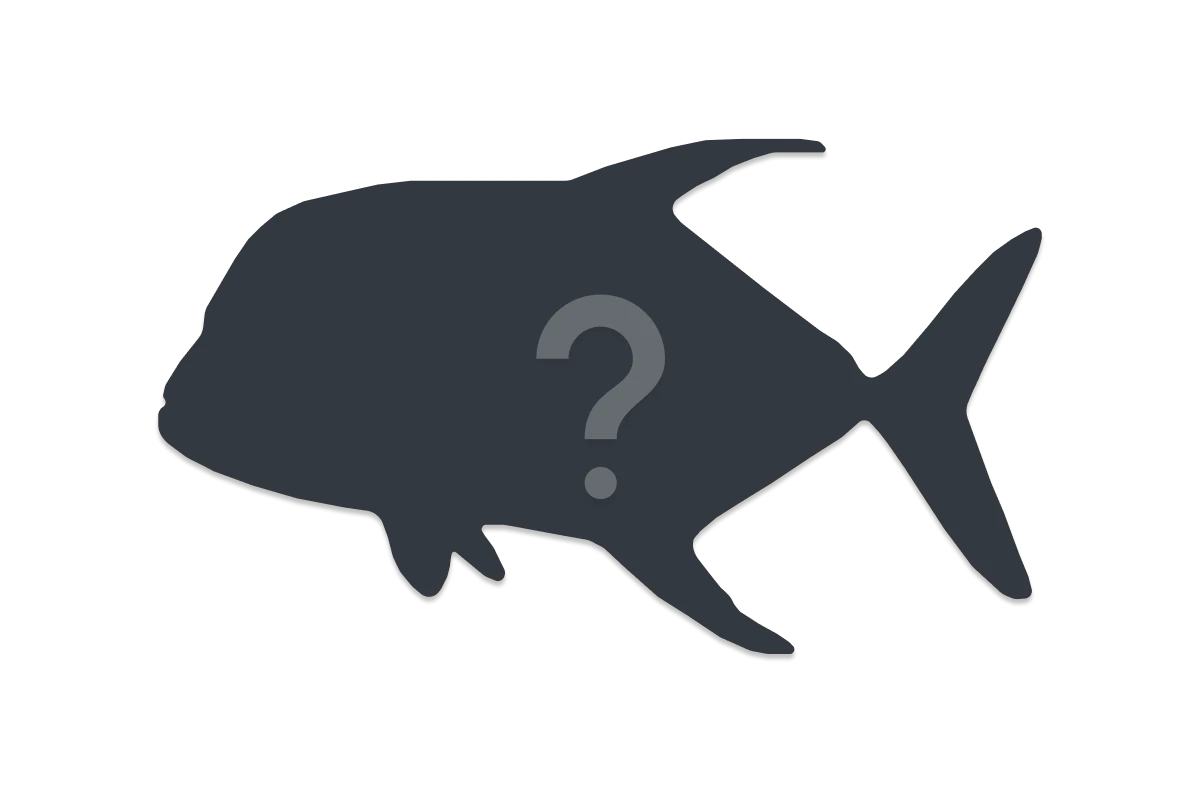Caranx sexfasciatus
Big-eye trevally | Bigeye Jack | Bigeye Kingfish | Dusk Jack | Great Trevally | Horse-eye Jack | Sixband TrevallySimilar Species
Same Genus
Distribution
Temperate Australasia, Tropical Eastern Pacific, Tropical Indo-Pacific
Description
Large eye, black spot behind top corner of opercle, white-tipped dorsal and anal fin lobes, dark scutes, males often jet black when swimming paired with females. Forms large schools which circle in mid-water near jetties, bommies and isolated reefs during the day and hunt close to the reef at night.
Information
Max Size: 120 cm
Sea Temperature Range: 19.5-31.5°C
Depth: 0-146m
Habitat Generalization Index: 8.2
Also referred to as the SGI (Species Generalisation Index), this describes the habitat niche breadth of the species. Species with values less than 15 are found in a relatively narrow range of reef habitat types (specialists), while those over 25 may be found on most hard substrates within their range (generalists). Learn more here.
Conservation and Rarity
IUCN Status: Least Concern
Occurrence: Infrequent (3.8% of sites)
Occurrence describes how often the species is found on surveys within its distribution. It is calculated as the % of reef sites surveyed by RLS divers across all the ecoregions in which the species has been observed
Abundance: Many (54 per transect)
Abundance is calculated as the average number of individuals recorded per RLS transect, where present.
Edit by: RD Stuart-Smith, GJ Edgar, AJ Green, IV Shaw. 2015. Tropical Marine Fishes of Australia. Reed New Holland
















